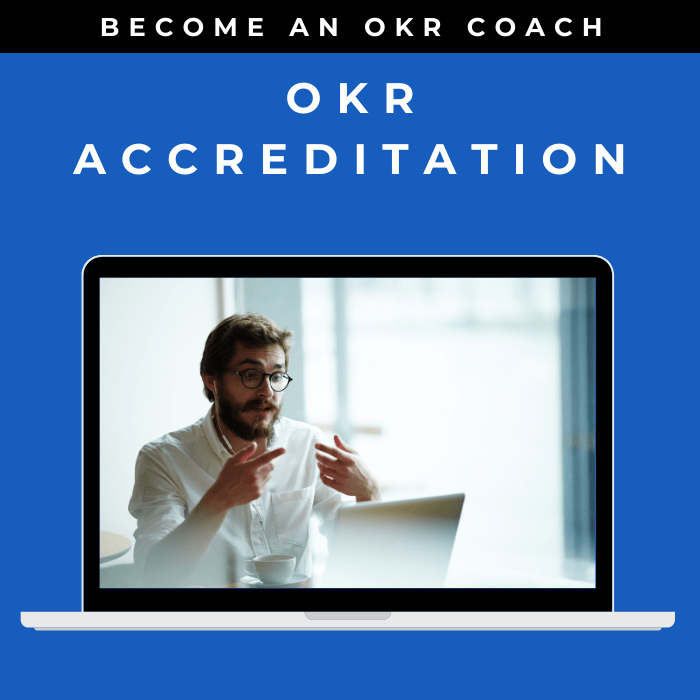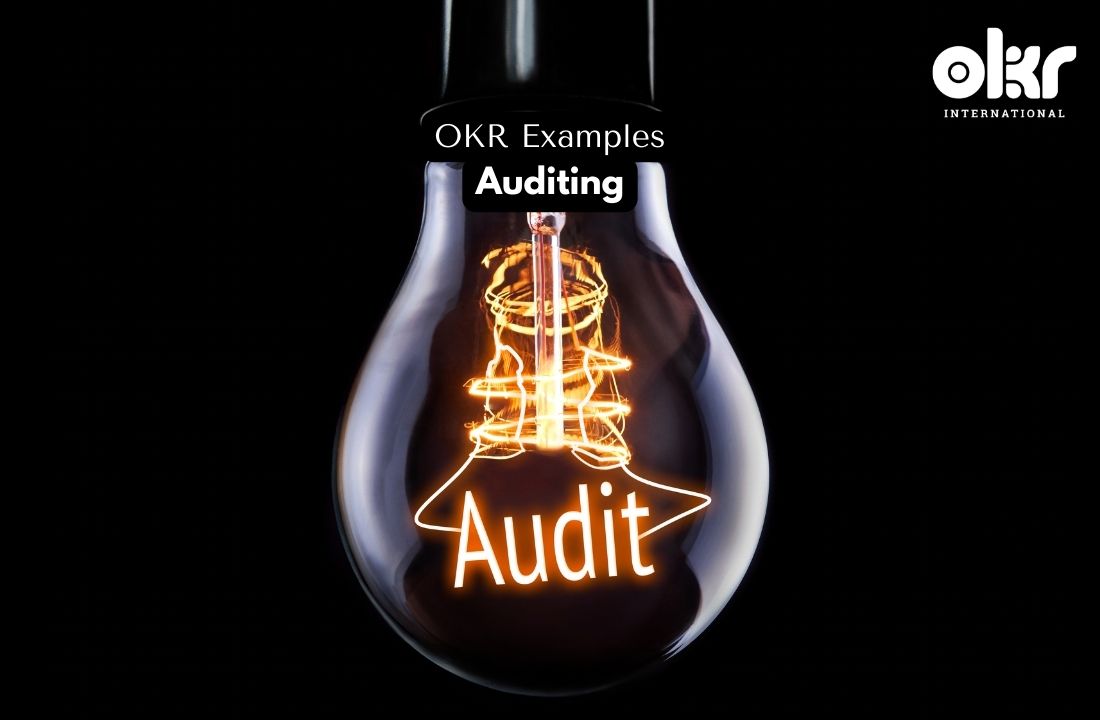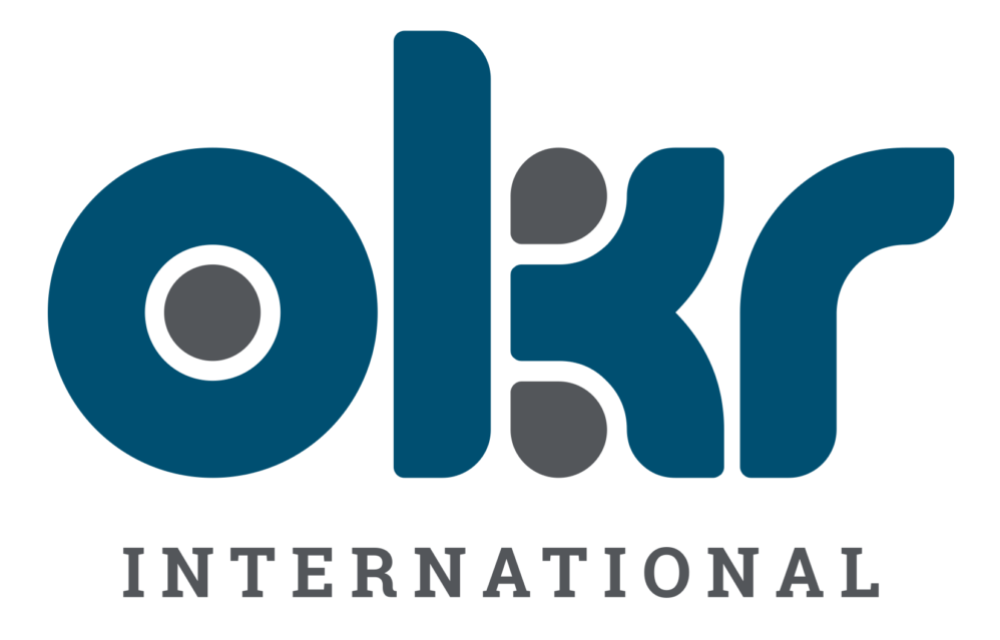10 Brilliant OKR Examples in Auditing
The field of auditing plays a crucial role in ensuring the accuracy, integrity, and compliance of financial information within organizations. OKRs can be instrumental in driving performance and success in auditing functions. Here, we present ten brilliant OKR examples in auditing, offering valuable insights for organizations aiming to excel in this field and achieve their auditing goals.
1. Enhancing Audit Quality
Objective: Improve the quality and effectiveness of audits conducted.
Key Results:
- Increase the percentage of audits with no major findings by 20% within the next year.
- Achieve a 95% client satisfaction rate with audit services within the next six months.
- Implement 3 continuous improvement initiatives based on audit performance feedback within the next quarter.
2. Strengthening Risk Assessment
Objective: Enhance risk assessment methodologies for comprehensive audit coverage.
Key Results:
- Conduct a comprehensive risk assessment for 100% of audit engagements within the next quarter.
- Achieve a 90% alignment between risk assessment findings and audit scope within the next year.
- Implement risk-based sampling techniques to increase audit coverage by 15% within the next six months.
3. Improving Audit Efficiency
Objective: Optimize audit processes for increased efficiency and productivity.
Key Results:
- Reduce the average audit cycle time by 10% within the next quarter.
- Implement standardized audit documentation templates and achieve 100% compliance within the next six months.
- Achieve a 15% increase in auditor productivity through the use of technology and automation within the next year.
4. Enhancing Communication with Clients
Objective: Improve communication and collaboration with clients during audits.
Key Results:
- Conduct regular client meetings to discuss audit progress and achieve a 90% attendance rate within the next six months.
- Increase client satisfaction with communication by 25% based on feedback surveys within the next year.
- Implement a client portal for secure document sharing and achieve 100% client adoption within the next quarter.
5. Strengthening Compliance with Audit Standards
Objective: Maintain compliance with auditing standards and regulations.
Key Results:
- Conduct 12 regular training sessions on updated audit standards for the audit team within the next quarter.
- Achieve a 100% compliance rate with all applicable auditing standards in each audit engagement within the next year.
- Implement 5 necessary changes to achieve full compliance with emerging audit regulations within the next six months.
6. Enhancing Data Analytics in Auditing
Objective: Leverage data analytics tools and techniques to enhance audit effectiveness.
Key Results:
- Implement 1 data analytics software for audit testing purposes within the next quarter.
- Increase the utilization of data analytics techniques in audit engagements by 30% within the next year.
- Achieve a 20% reduction in time required for data analysis during audits within the next six months.
7. Strengthening Fraud Detection
Objective: Enhance the effectiveness of fraud detection procedures during audits.
Key Results:
- Develop and implement 1 fraud risk assessment framework for all audit engagements within the next year.
- Achieve a 95% alignment between identified fraud risks and audit procedures within the next six months.
- Increase the number of fraud detection recommendations provided in audit reports by 25% within the next quarter.
8. Improving Knowledge Sharing
Objective: Foster a culture of knowledge sharing and continuous learning among audit professionals.
Key Results:
- Implement a knowledge sharing platform for the audit team and achieve 100% participation within the next quarter.
- Conduct regular knowledge sharing sessions on 12 emerging audit topics within the next year.
- Increase the utilization of knowledge sharing resources by 30% based on user feedback within the next six months.
9. Enhancing Audit Client Relationships
Objective: Develop stronger relationships with audit clients based on trust and collaboration.
Key Results:
- Conduct client satisfaction surveys and achieve a 90% satisfaction rate within the next year.
- Implement a client feedback mechanism and address client concerns within 48 hours in 100% of cases within the next six months.
- Increase client retention rate by 15% through exceptional client service within the next quarter.
10. Strengthening Audit Team Competencies
Objective: Foster the growth and development of audit professionals.
Key Results:
- Implement 1 mentorship program for junior auditors by the next quarter.
- Provide training on emerging audit techniques and technologies to 80% of the team within the next year.
- Achieve a 90% employee satisfaction rate with career development initiatives within the next six months.
By adopting these OKR examples in auditing, organizations can enhance audit quality, strengthen risk assessment practices, improve efficiency, and foster client relationships. These strategic objectives and key results serve as guiding principles for organizations seeking to excel in their auditing functions and drive long-term success in ensuring financial integrity and compliance.

When looking to set OKRs, it’s natural to want examples to ignite the thought process or simply compare yours to OKR Examples. Check out our compendium of OKR Examples here.
Explore Our Range of Services
Bring OKRs (Objectives and Key Results) to your organisation with our tried & tested OKR Framework.


OKR International’s highly acclaimed Certified OKR Practitioner Program is the first and only OKR accreditation endorsed by ICF & HRCI for continuing education units.
OKR International helps leaders create the alignment, engagement and result orientation needed for growth by offering OKR Advisory services.




